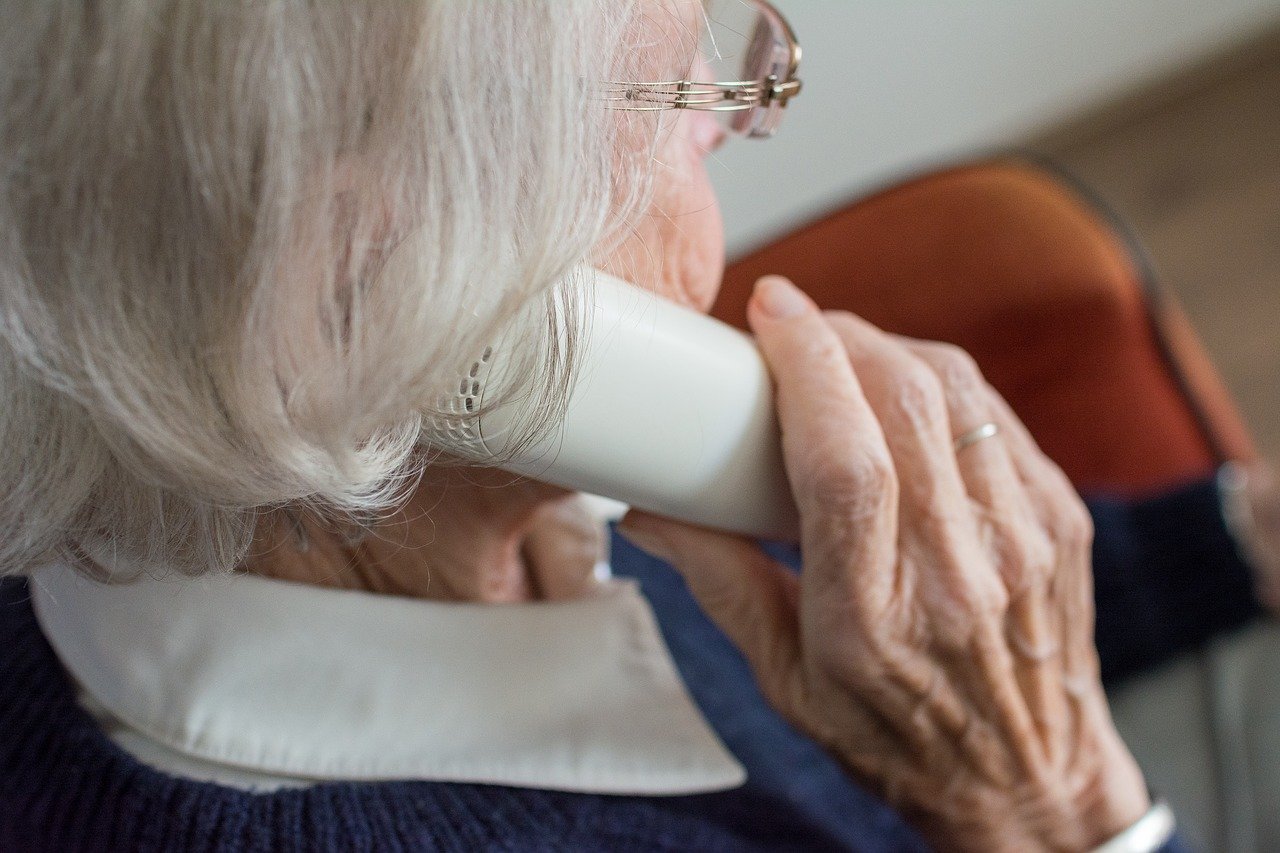Catch phrases, those expressions that roll off our tongues often, can tell us and teach us a great deal about ourselves, our circumstances, our culture and our thoughts if we…well…take the time to think about them. But the fact is, apparently we rarely do. We seem to adopt them almost unconsciously and repeat them in the same manner – and frequently. Or, if we are being deliberate about it, perhaps we employ a particular catch phrase as a way of relating to others and of demonstrating our shared circumstances. The vernacular is like that; it can say a great deal more than its individual words, spoken in isolation, can convey.
Consider this now familiar phrase, for example: “the new normal.” And instead of just looking at the phrase by itself, that is, in isolation, let’s examine the phrase and that word “isolation” in tandem. In such a context the “new normal,” that state of affairs that we probably thought we had had a hand in creating or at least controlling, takes on an entirely different meaning. The COVID pandemic has emphatically demonstrated that. It has upended almost everything that we had come to expect in our normal, daily lives and has shown us at the same time that we weren’t as much in control as we had always assumed.
Isolation, at least in the early days of the pandemic, became the new “new normal” for everyone. As work places, gathering places, schools and stores closed down, most Americans adapted to the need to “shelter in place,” believing it would be a temporary solution in the face of a short-term threat to life and health. As temporary has lasted longer than we expected, millions are expressing their impatience with being confined to their houses.
The first cohort of our citizenry who were instructed to shelter where they lived were individuals age 65 and older. By that action, millions of vigorous 65+ individuals were, for all practical purposes, being made “homebound” even though they were perfectly healthy and lived energetic, robust and entirely independent lives. As part of their lives, and their dedication to their peers and the community, many of them had served their literally “homebound” neighbors by delivering them meals, doing their grocery shopping or driving them to medical appointments. COVID and the advice of health professionals put a swift end to their service – and also to their own independence. Although they aren’t and would not have been deemed by any medical professional or social worker as meeting the definition of “homebound,” their age, coupled with the advice of experts, has essentially made them so. Instead of serving, many have found themselves numbered among the isolated. As senior centers and other venues and activities have shut down, many elders lack social engagement on which they depended to stay healthy, vibrant and mentally sharp.
We don’t mean to paint a picture of doom and gloom in an era when there is more than enough of it to go around. We do mean to do this. First, we want to call public attention to these circumstantially isolated, and virtually invisible, older citizens. New or not, there is nothing “normal” about allowing their age to push them into a type of isolation that would cause them to be ignored. That is a social disease we must not learn to live with. Second, and most important, we want to address and encourage those seniors who previously enjoyed the time they spent and the nutritious food they ate at our nation’s senior centers that have been shuttered along with them. This too will pass. And when it does, senior centers across the country will open, dining rooms in them will be with filled food, friends and hugs, and isolation will be left at the door.
We at NFESH look forward to that day as much those centers, their managers and, of course, the seniors do.

